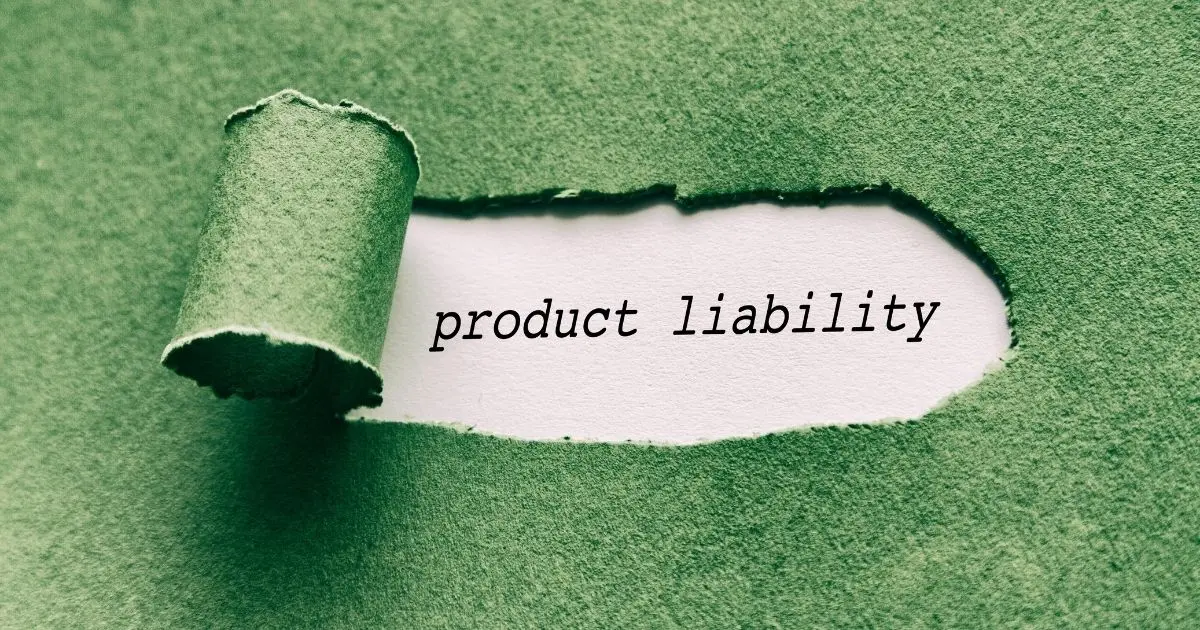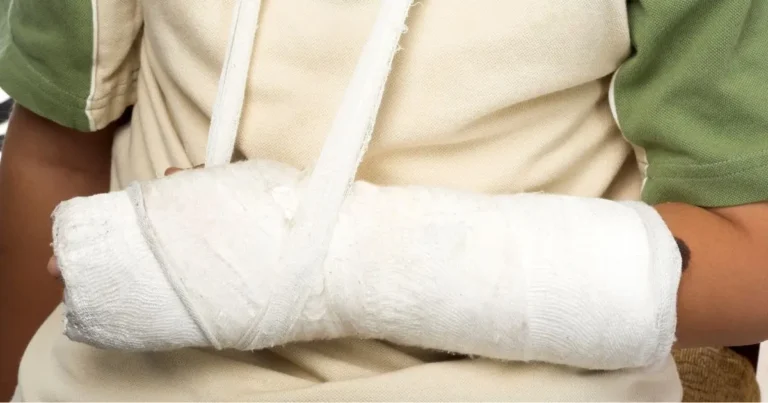Product Liability: Understanding The Three General Types of Defects~2 min read
Generally, product liability has three main causes of action. They are a design defect, a manufacturing defect, and a failure to warn (or marketing defect). Each of these defects provide a cause of action to a consumer who is injured by a company’s product. Understanding each of them is important in order to assess whether you or a friend has a claim.
A design defect is something that is inherently dangerous about the design of the product that is causing injuries. Thus, no matter what is being manufactured, if the product has a design defect, then the product will be dangerous regardless of how it is used. A good example is lead paint. No matter how it is used or manufactured, it will also come with a serious and dangerous risk.
A manufacturing defect is one that occurs during the manufacturing stage, or, better put, it is a defect that is caused by the manufacturing process. This involves poor materials or shoddy workmanship. Thus, a product may be designed very well, but when manufactured by a particular entity, it is manufactured lazily and it becomes a dangerous risk to others. An example of this could be a phone that is prone to electrocuting its owners due to an issue with the way the battery was manufactured.
A failure to warn, or marketing defect, is when a product is dangerous no matter how you manufacture or design it, and thus the entity making it is responsible for warning consumers of the hazards using the product could have. The warning here is key. If it properly informs the consumer of the risks associated with a product (ex: don’t drop a hairdryer into water), then the maker of the product is generally protected. However, this brings to mind the old McDonald’s coffee case, where it was a failure to warn that the coffee was scalding hot that allowed the burned woman to recover. This is why the warnings on hot coffee have become so prevalent. While the commoner understands coffee can be hot, the Court, in that case, found there must be a warning as to how hot, as it is not expected that coffee could cause the damage that it did in that case (which were third-degree burns).
If you find yourself or someone you know injured by a product and you need help navigating the law, please contact the experienced attorneys at Parnell, Michels & McKay today. As always in injury cases, our consultation is free.
Our firm blends advocacy oriented practice with effective practical solutions for all our clients in Londonderry, N. Woodstock, and throughout New Hampshire. The attorneys at Parnell, Michels & McKay provide effective representation and counseling to assist our clients facing legal questions. We simplify the process so our clients can understand and are able to participate as partners in the resolution.
Our practice includes personal injury law such as motor vehicle accidents, falls, dog bites, workers compensation, social security disability, and other injuries.
We also practice family law, including divorce, post-divorce, unwed custody and property division, and collaborative divorce, and have extensive experience in bankruptcy, probate, boundary disputes, estate planning, corporate formation and other real estate litigation.















